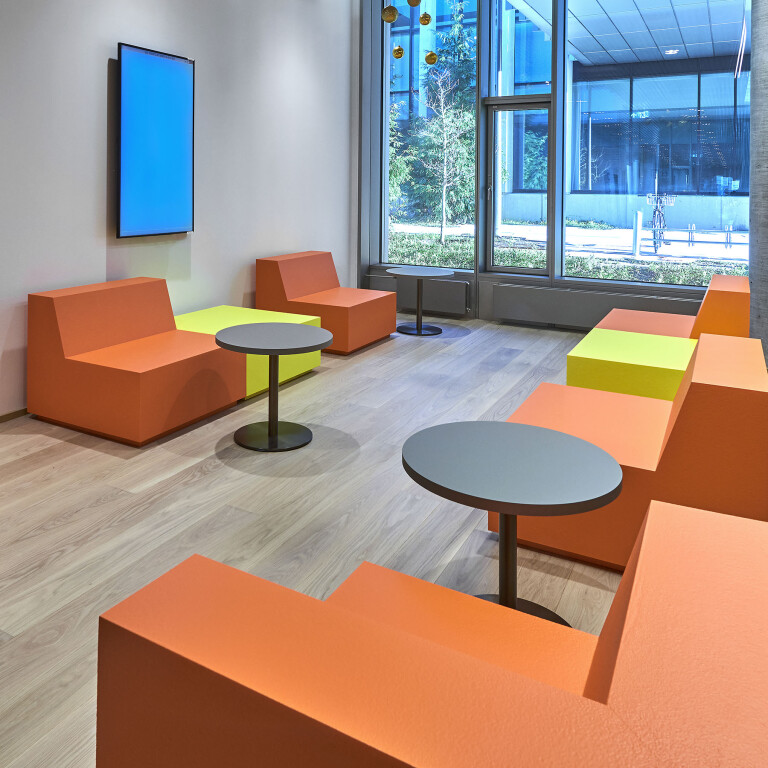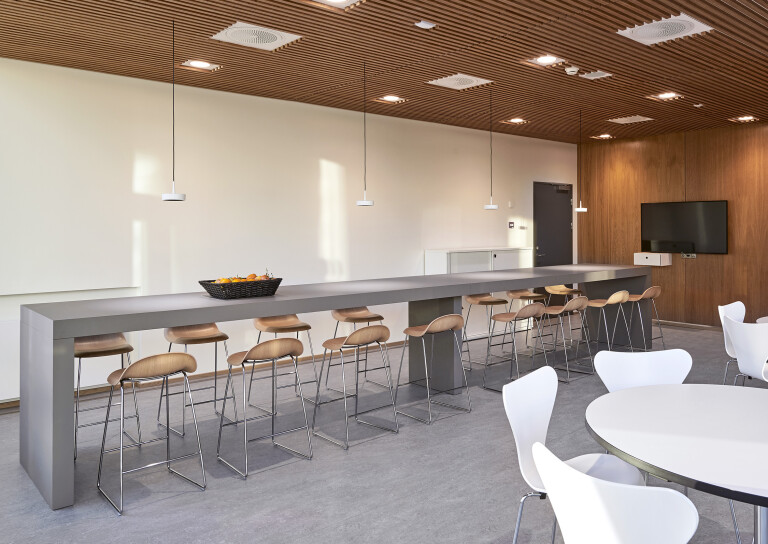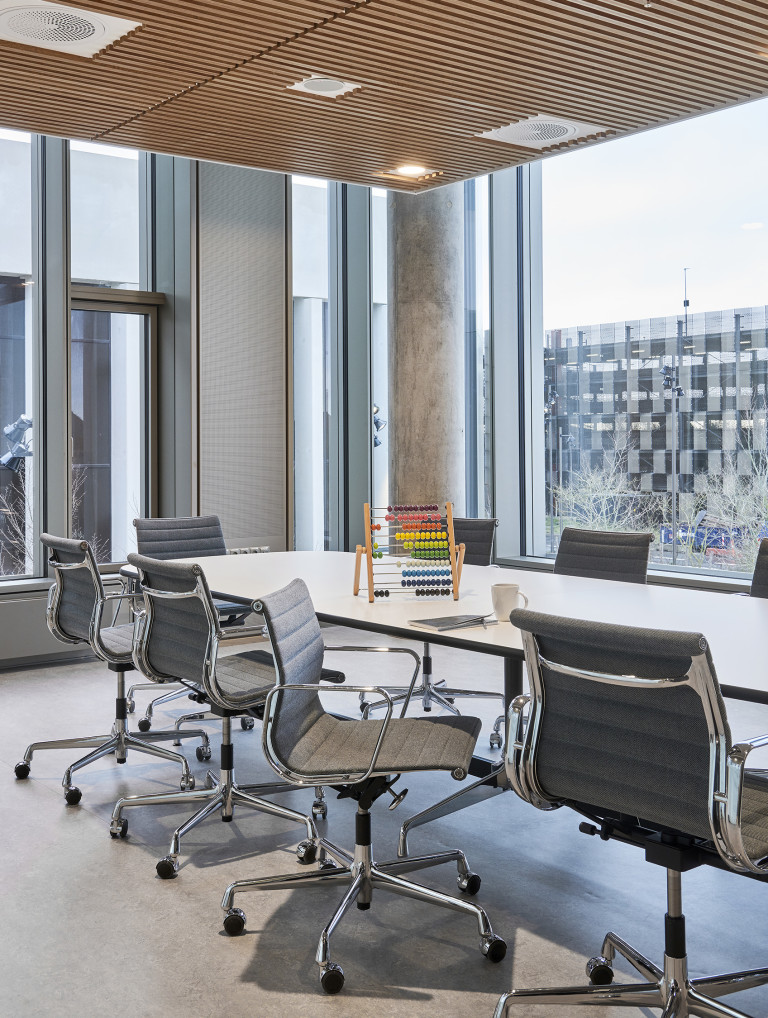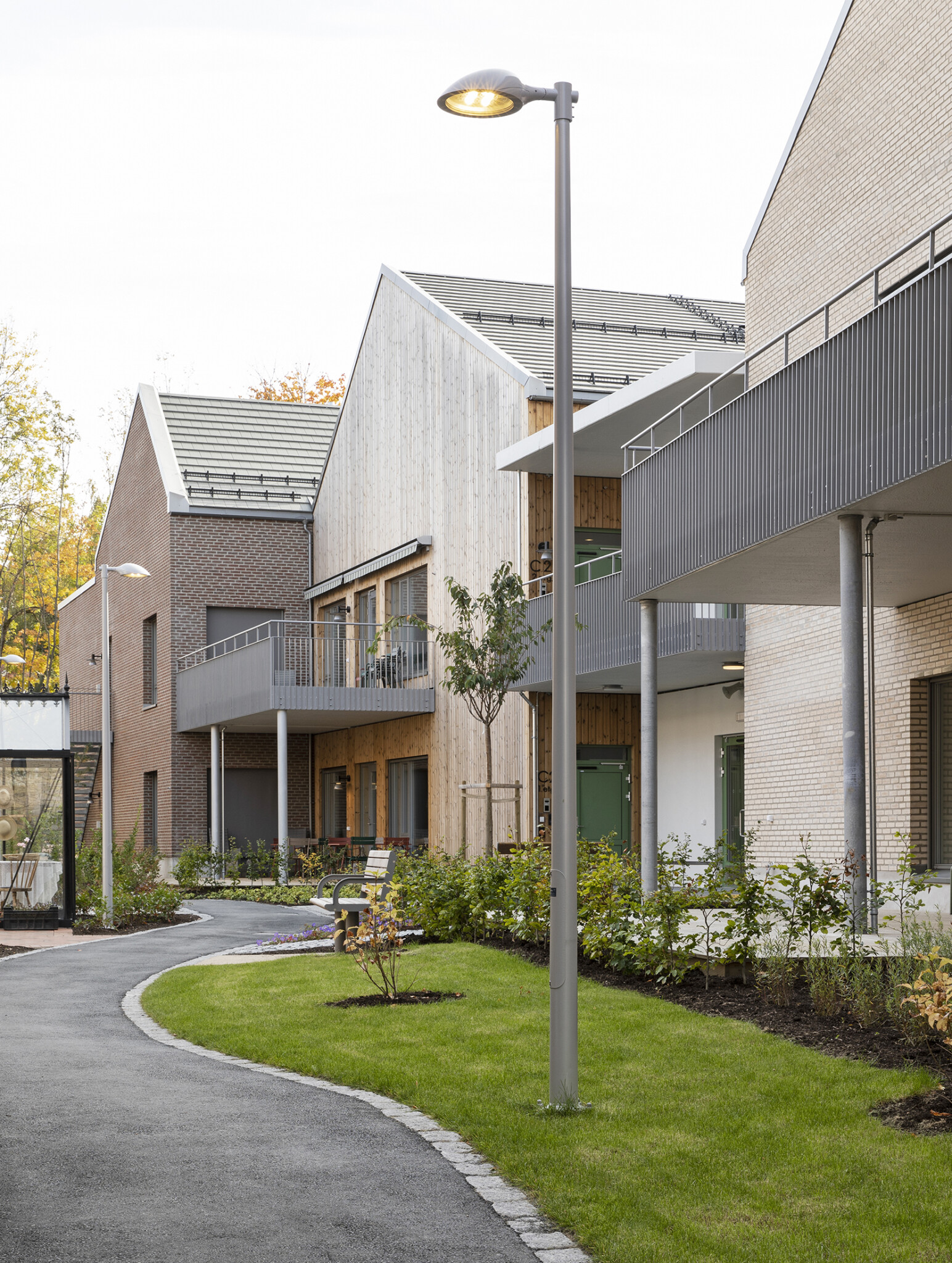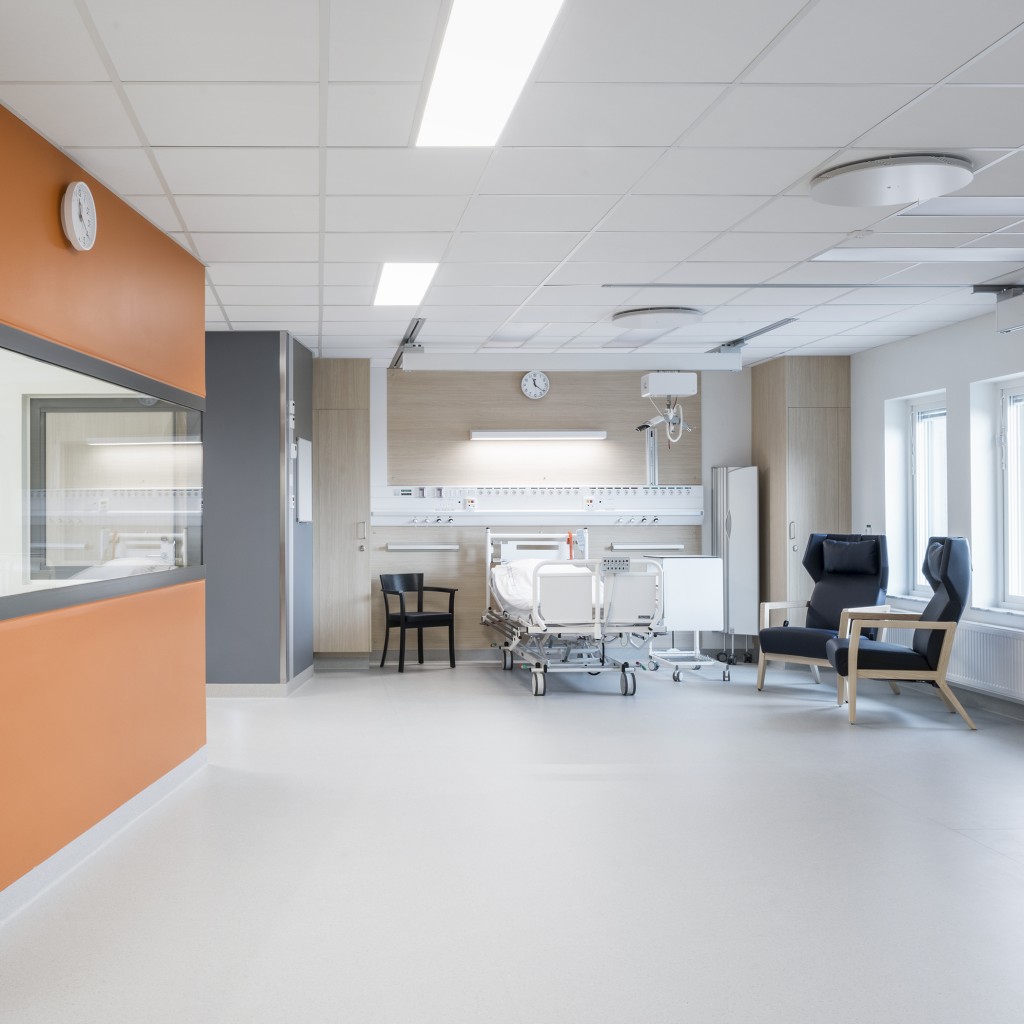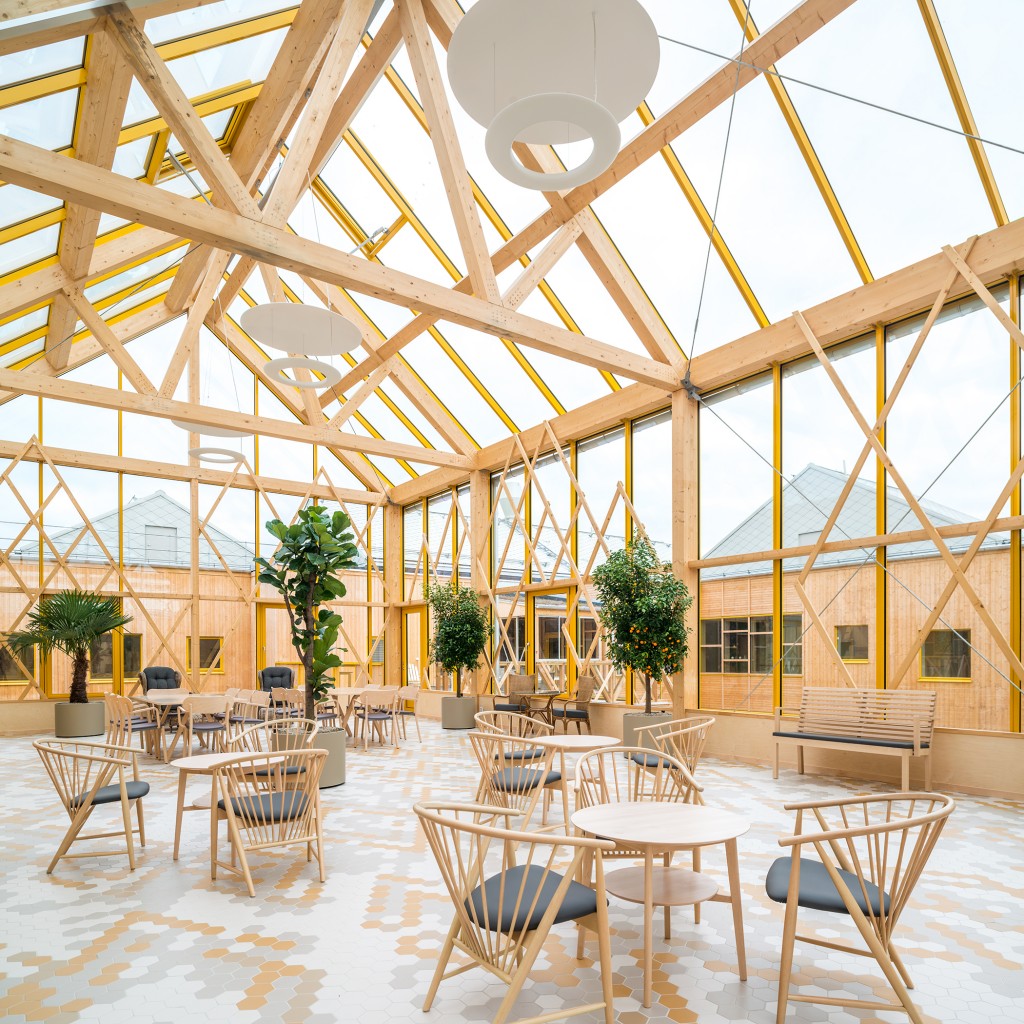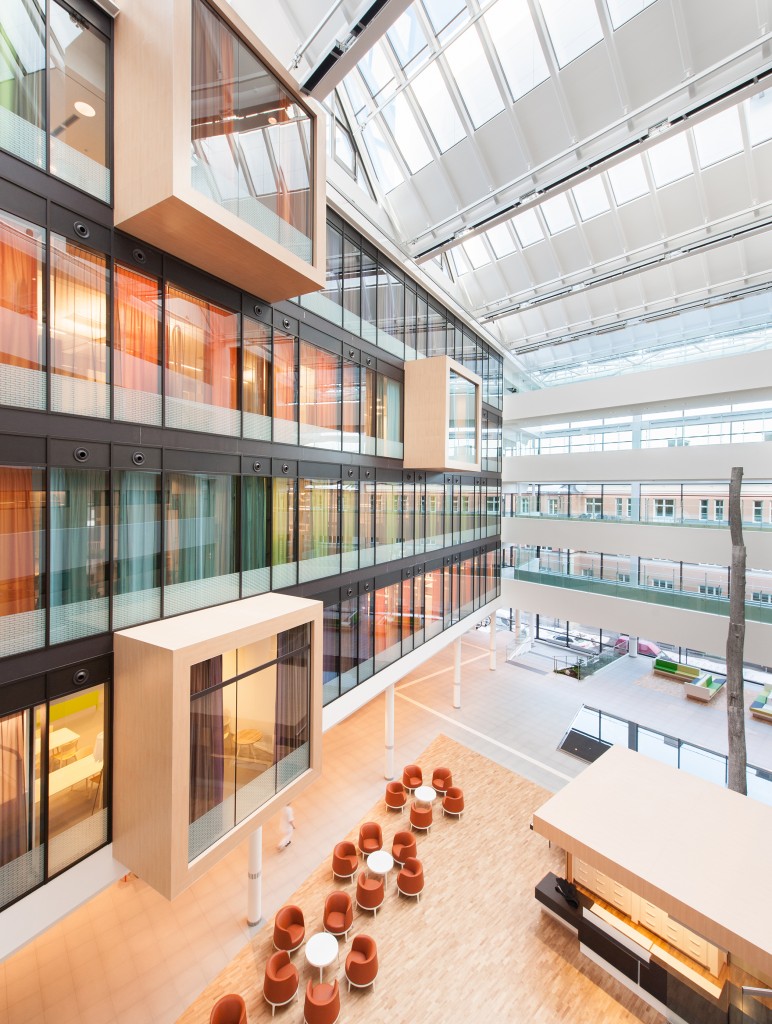Steno Diabetes Center
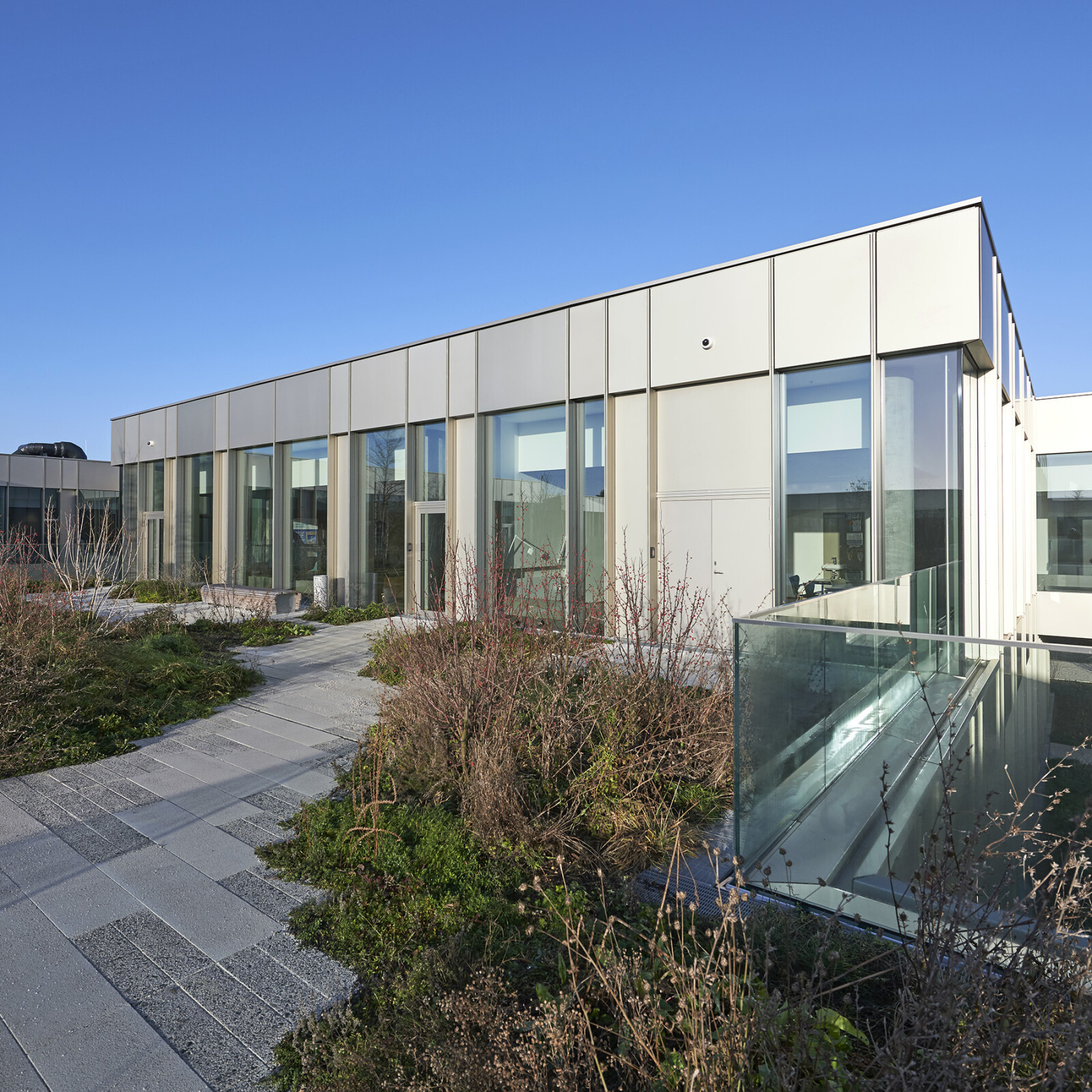
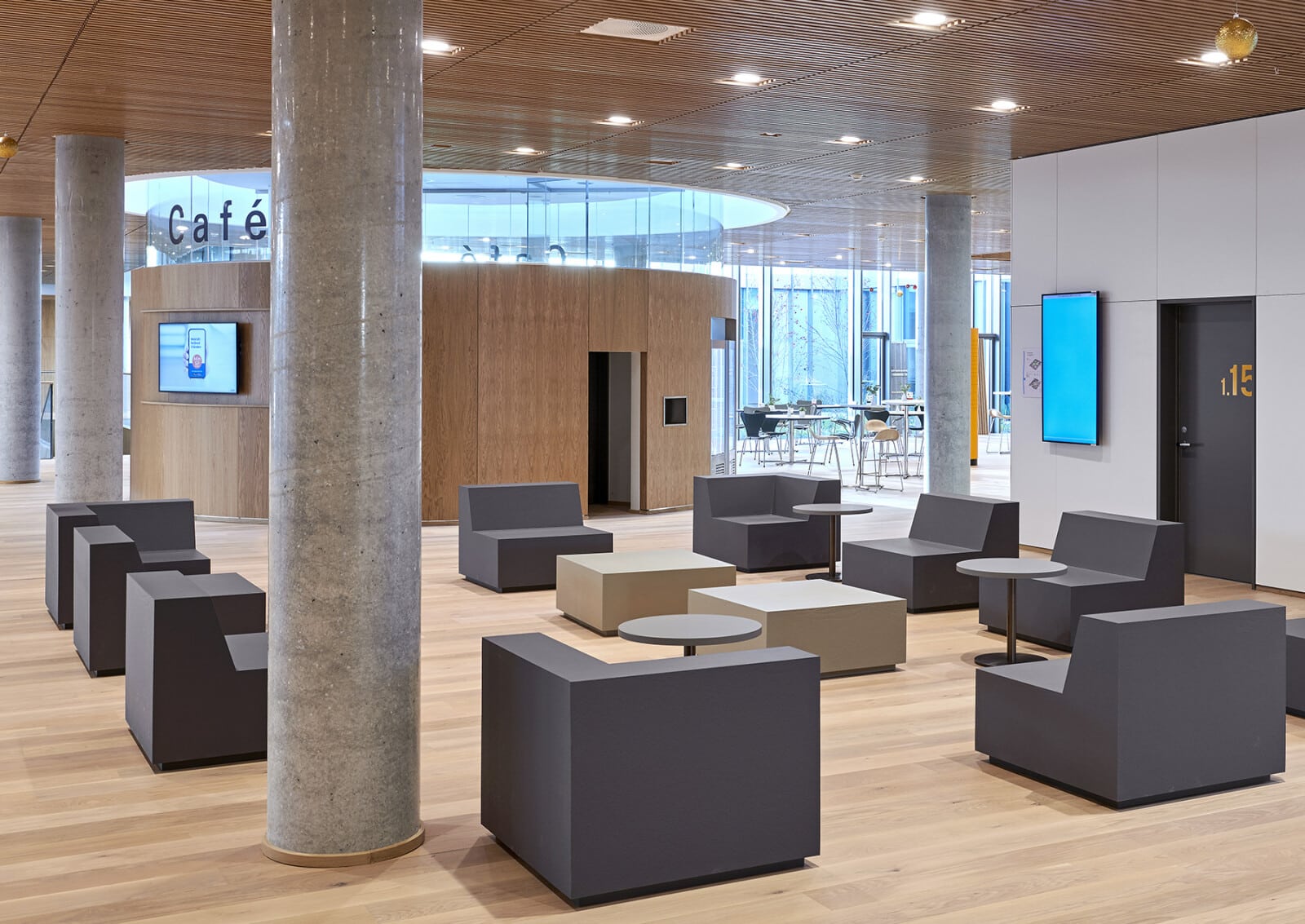
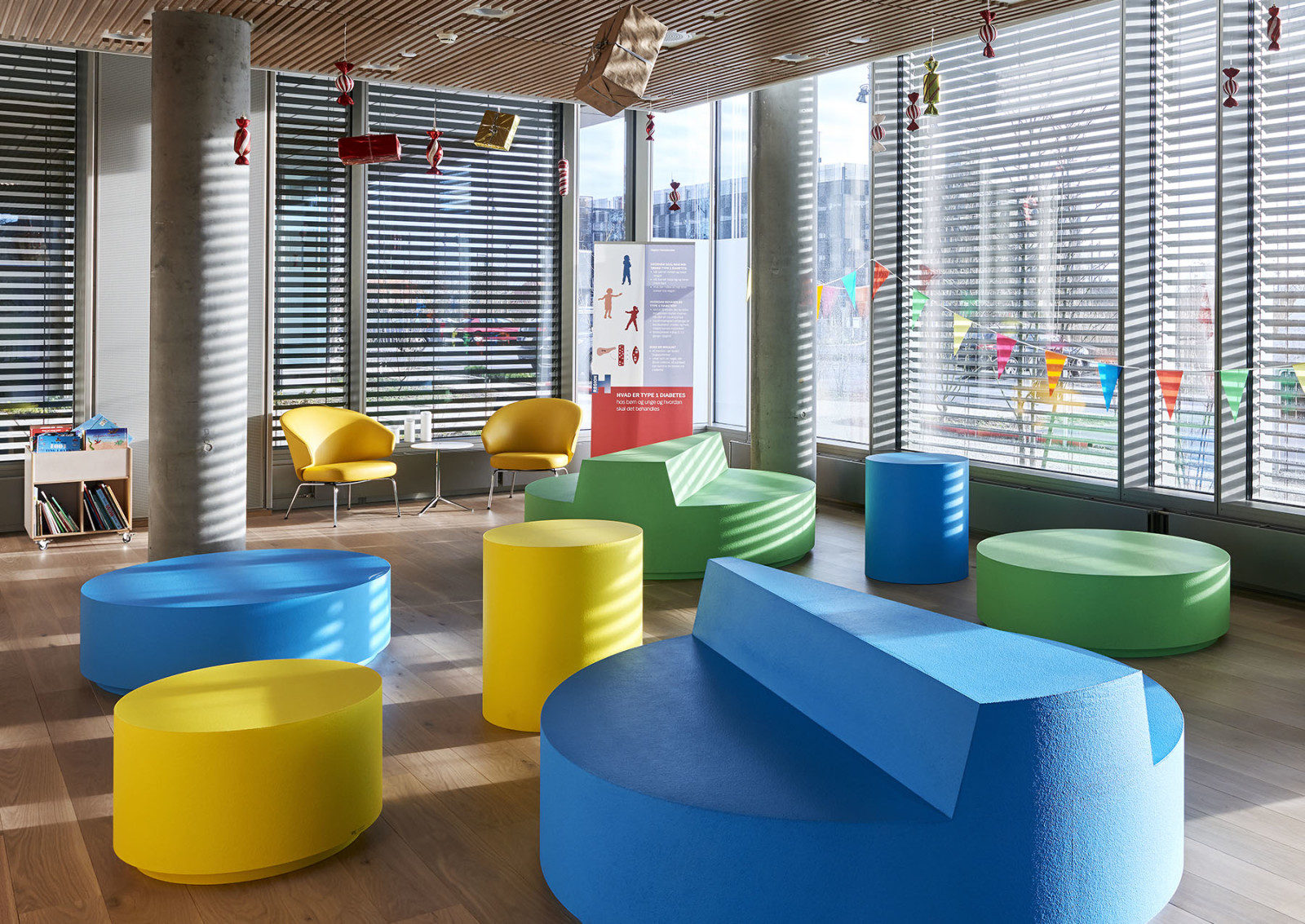
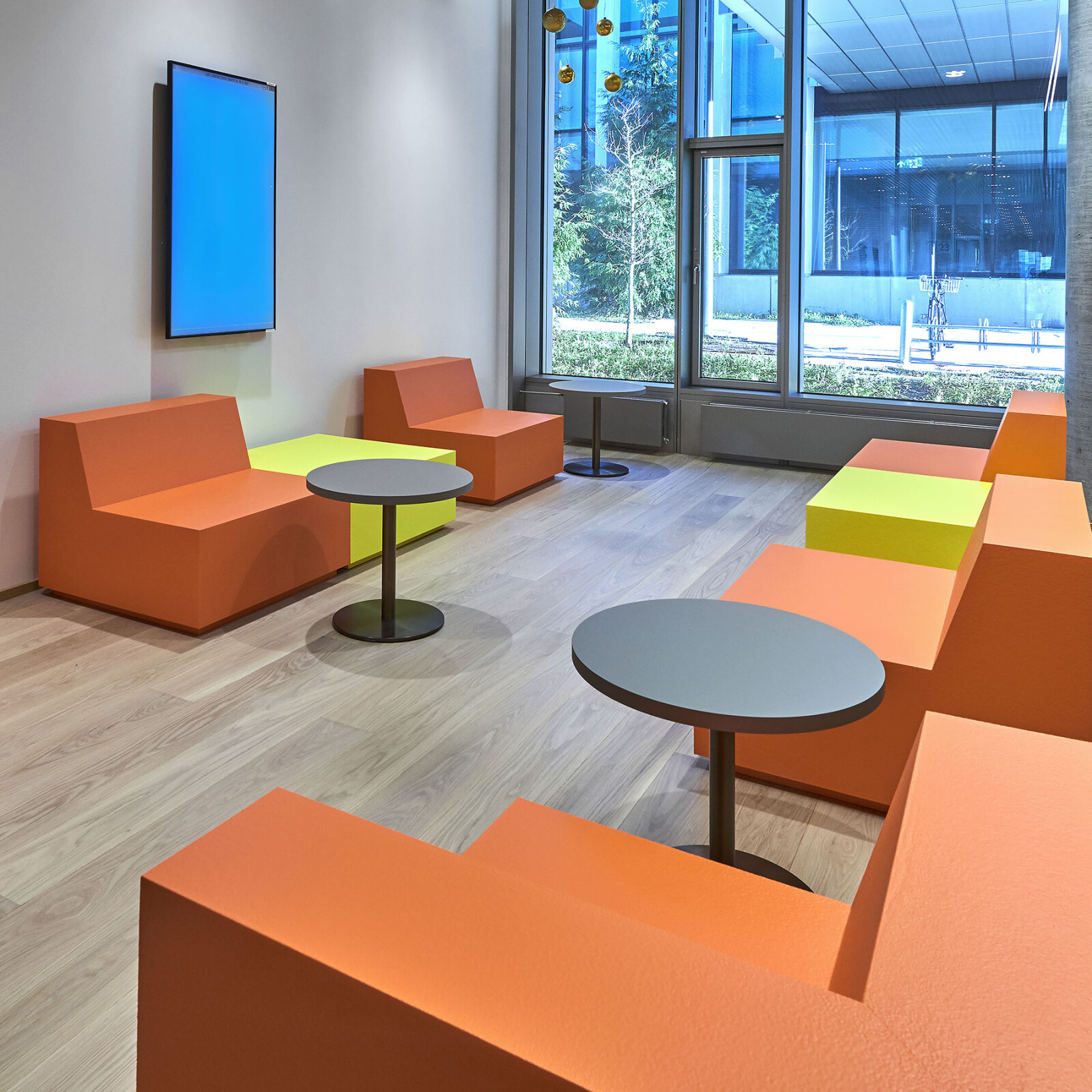
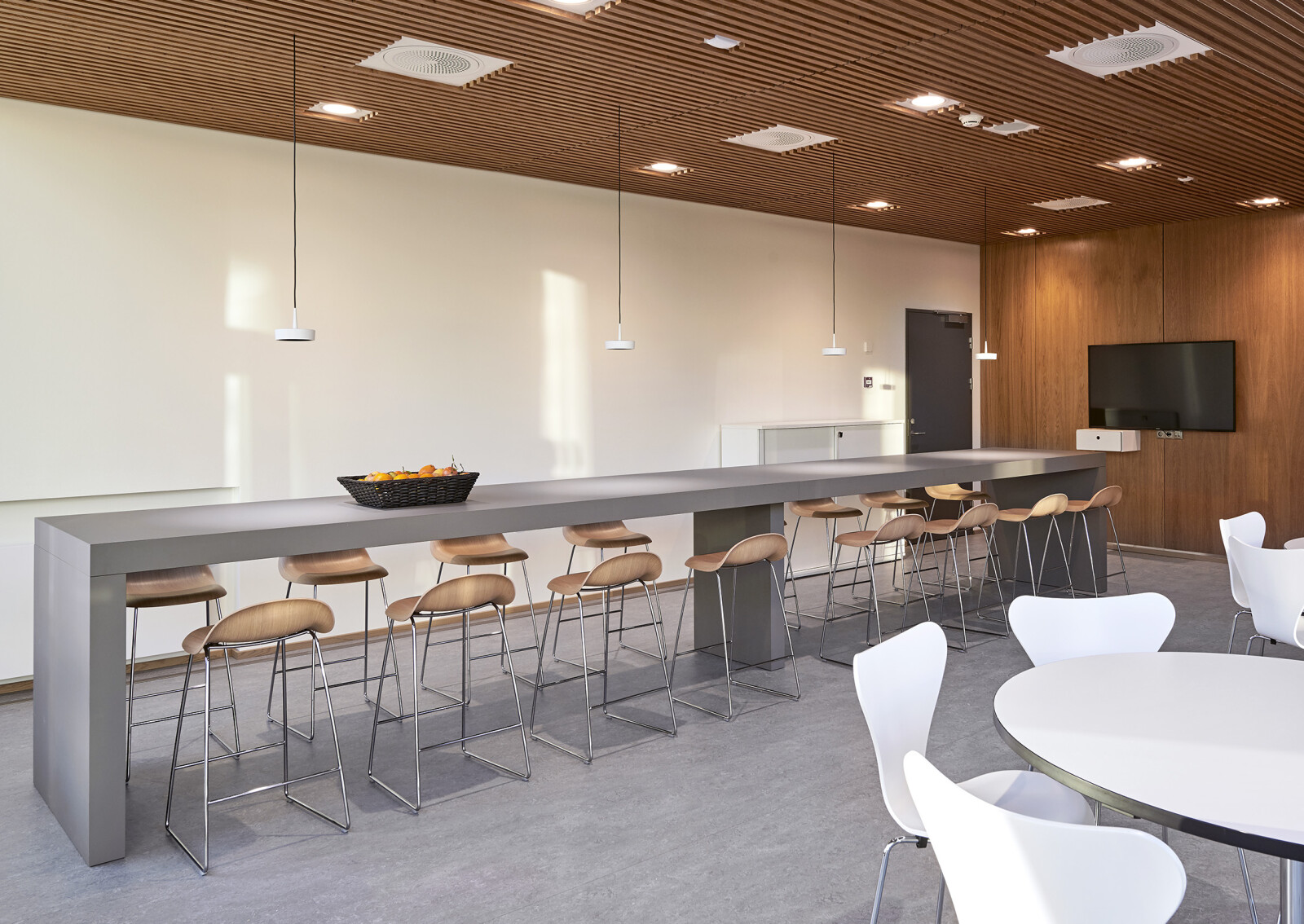
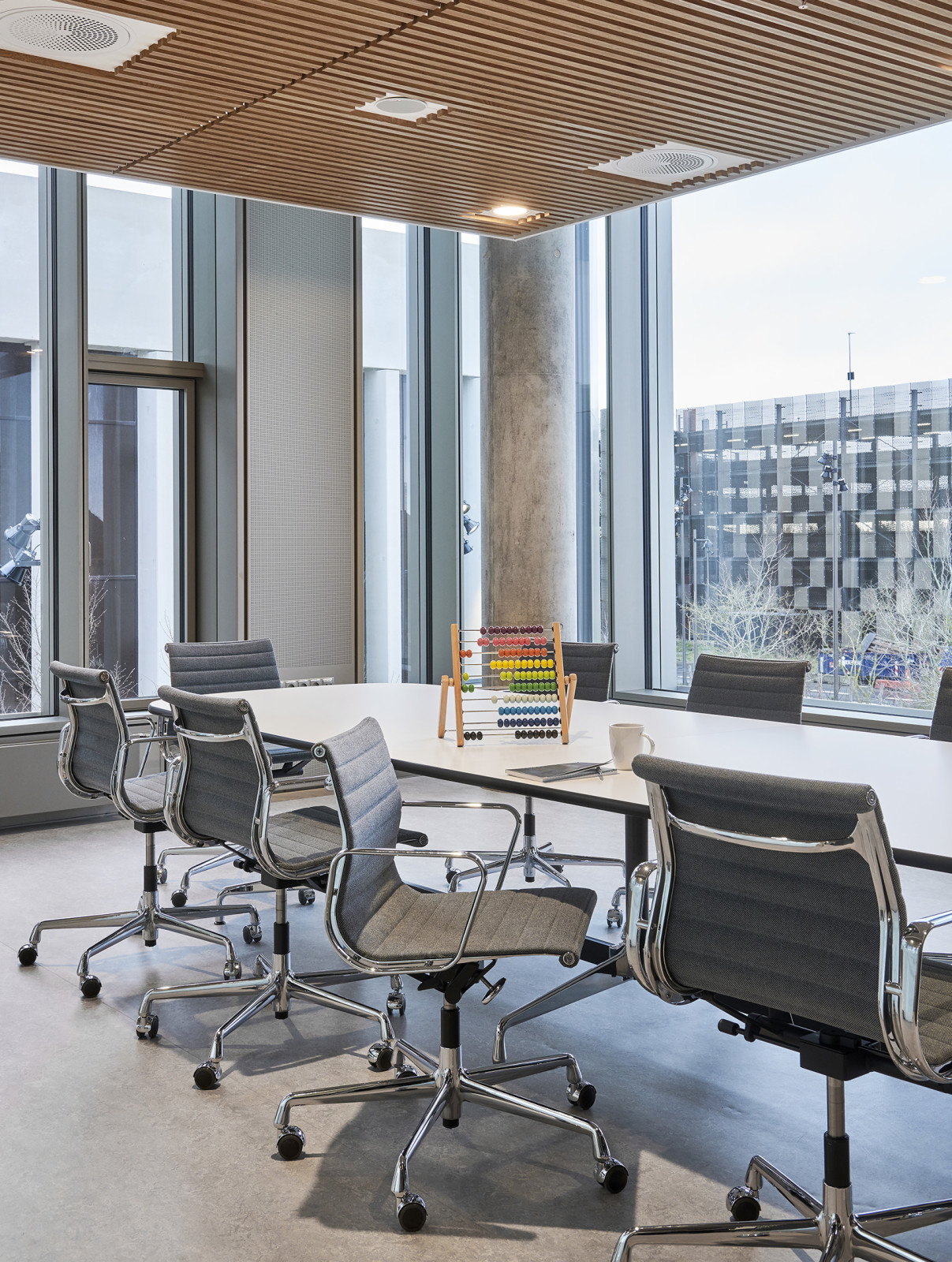
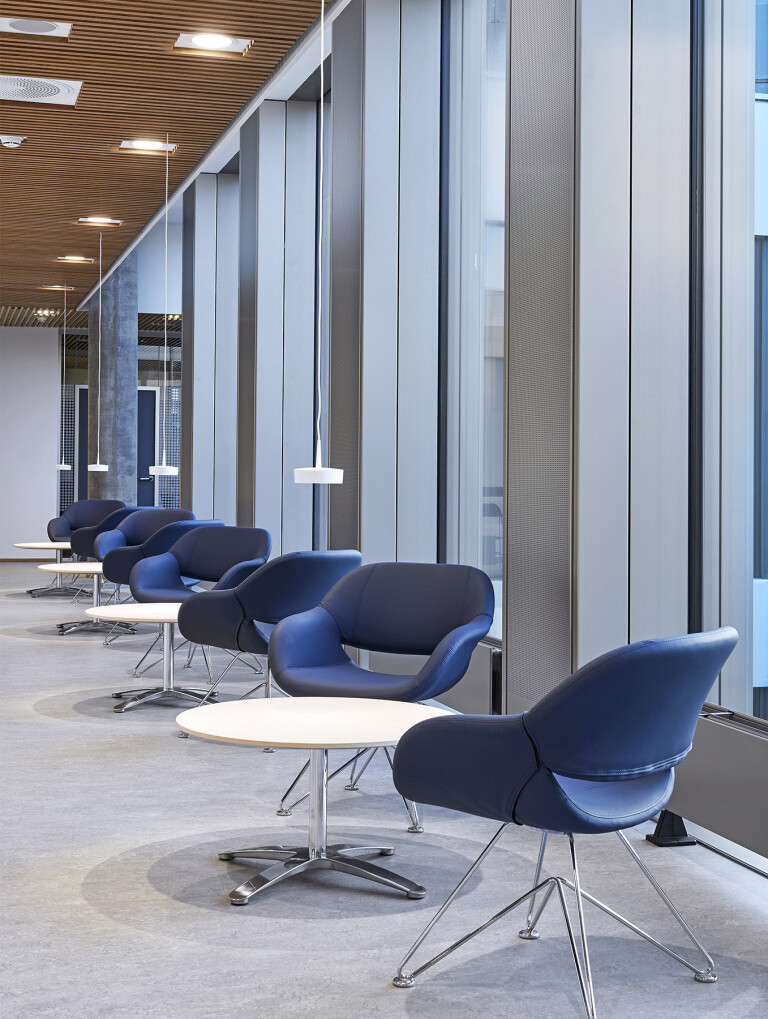
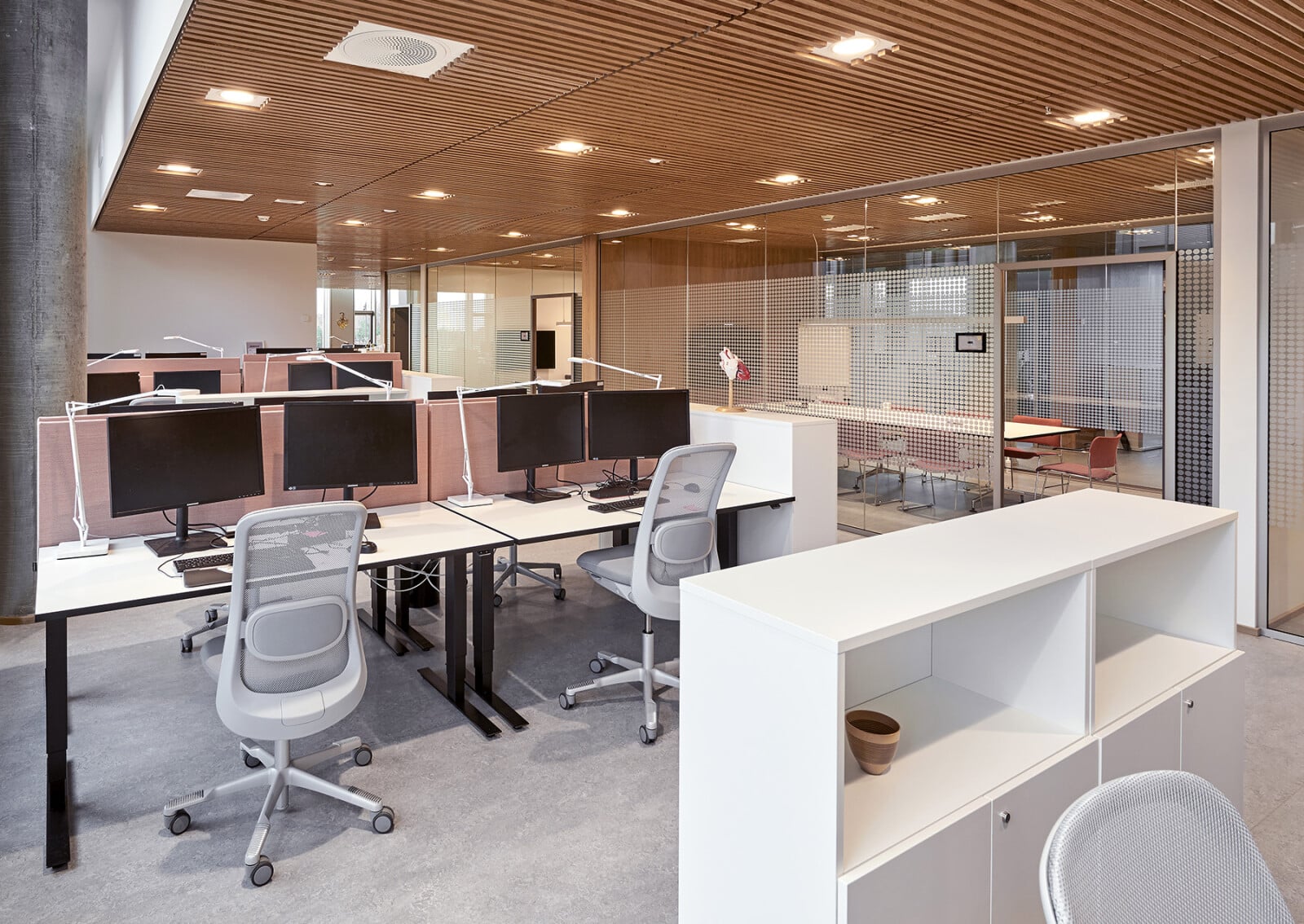
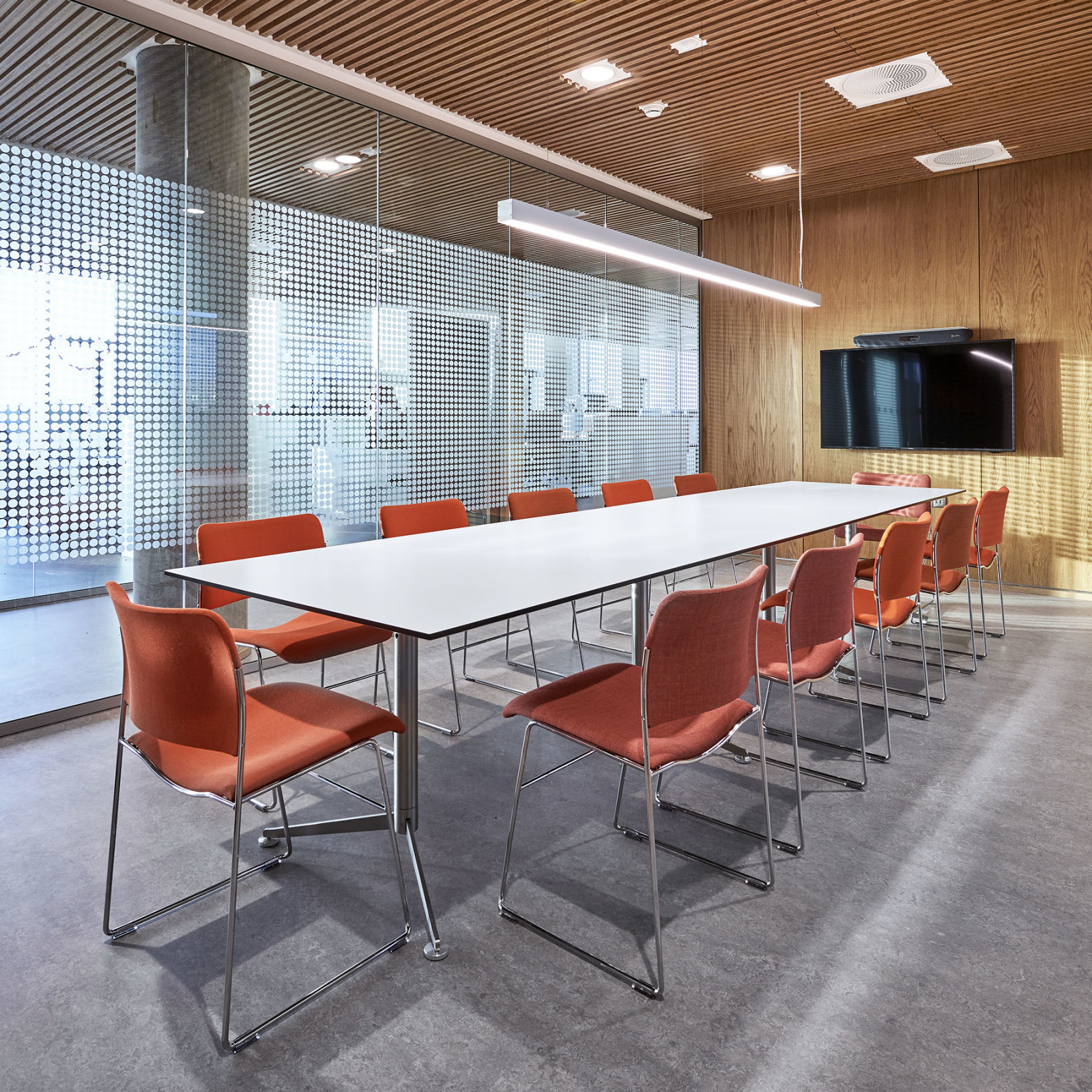
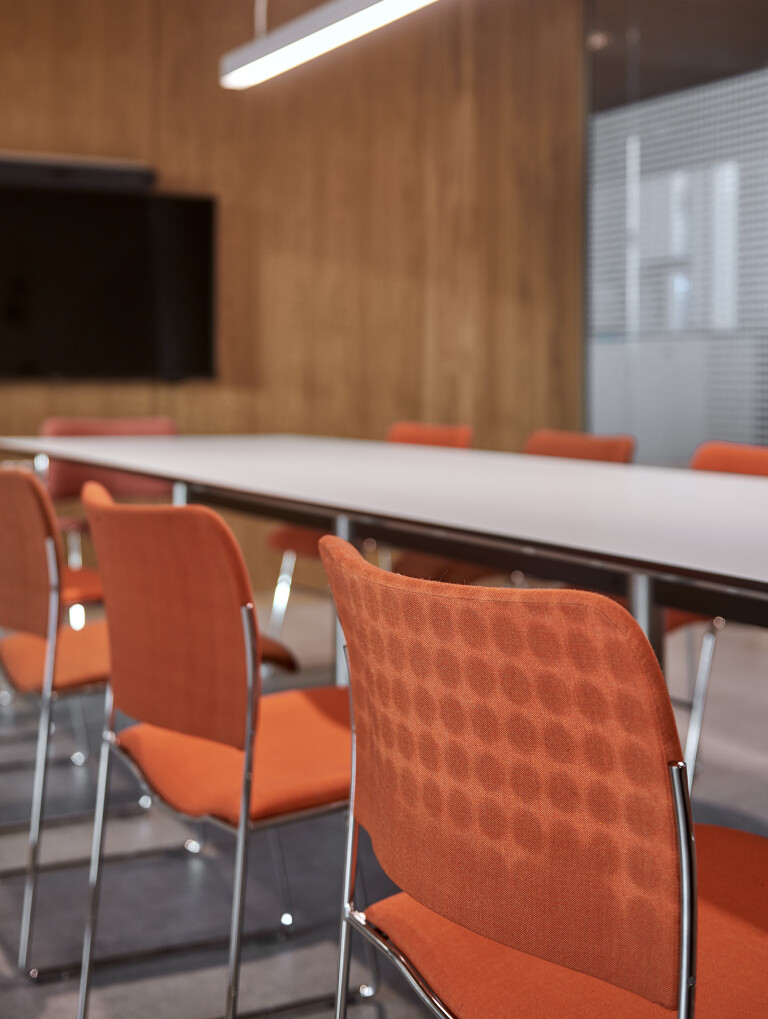
Northern Europe’s largest hospital for education, research and treatment of diabetes incorporates interaction between exterior, interior and nature to promote wellbeing for people with diabetes.
Steno Diabetes Center Copenhagen is not your traditional healthcare centre. Interiors that integrate with the surrounding environment form part of a holistic treatment concept. The hospital, designed by architecture firms Vilhelm Lauritzen, Mikkelsen Arkiteker and interior designer Anna Hallgren, is set around four garden areas – the active, playful, edible and quiet garden.
“It’s a dynamic centre with many different clinics and forms of treatment. For example, patients may be inspired to explore healthy eating by picking apples, pears and herbs from the edible garden, which is adjacent to the café and the clinic for nutritional advice,” says lead interior architect Anna Hallgren.
In order to open up the rooms and create a sense of transparency between indoor and outdoor spaces, large expanses of glass are used throughout. At the same time the interior design has taken on a key role in uniting the various elements of the building.
“A glass wall is all that separates the seating in the cafeteria from the apple trees outside, and for added cohesion we have chosen to use olive-green chairs arranged alongside the glass wall. Our concept involves interaction between the building’s various functions to create appealing environments for people and optimum conditions for treatment and research,” continues Anna.
Wayfinding colour scheme
To aid wayfinding between different clinics, interior architect Anna Hallgren, together with the head of the project Anette Madsen and Input interior, has used upholstery fabrics in a palette of colours from the corners of the world.
“The areas of the building to the north feature dark and tranquil shades. In the east you’ll find furniture in sunrise hues of orange and sand, while orange and yellow tones are predominant to the south. And appropriately enough, the western sections echo colours we associate with sunsets, with fabrics and upholstery in reds and pinks. A distinct interior concept like this serves as an effective aid in finding your way around the building,” explains Anna.
The site brings together researchers, doctors, people with diabetes and their families, and a variety of settings have been created to cater for the diverse age range of all these different user groups.
“The focus throughout has been to create a welcoming and relaxing atmosphere for everyone, with appropriate furnishings to suit each area and activity. For instance, the furniture in the areas for children and young people features brighter colours than in the more central zones, where softer hues predominate,” says Anders Scharling, Project Manager at Input interior, which supplied the interior furnishings for the hospital.
Furniture that provides a sense of reassurance
Steno Diabetes Center Copenhagen has the capacity to treat 11,000 people with diabetes per year, and to ensure that the premises contribute to the treatment process, workshops have been held with a variety of researchers, doctors and diabetes patients.
“Drawing on the knowledge and experiences of staff and patients enables us to translate actual needs into functional solutions. For the team involved in designing the building, safe environments where everyone can feel at ease have been a key factor,” explains Anna Hallgren.
By supplying quality furniture that delivers a high level of functionality, Input interior is helping to provide improved means for staff to work on preventing, treating and conducting research into diabetes.
“We have supplied furniture for 400 work spaces, treatment rooms, public areas, meeting rooms, the reception area and the café. A common feature throughout the project is that every space and interior detail is helping to support treatment and research. This is a pioneering centre for diabetes, with furnishings that interact with the rest of the interior and the surrounding natural environment,” concludes Anders Scharling.



